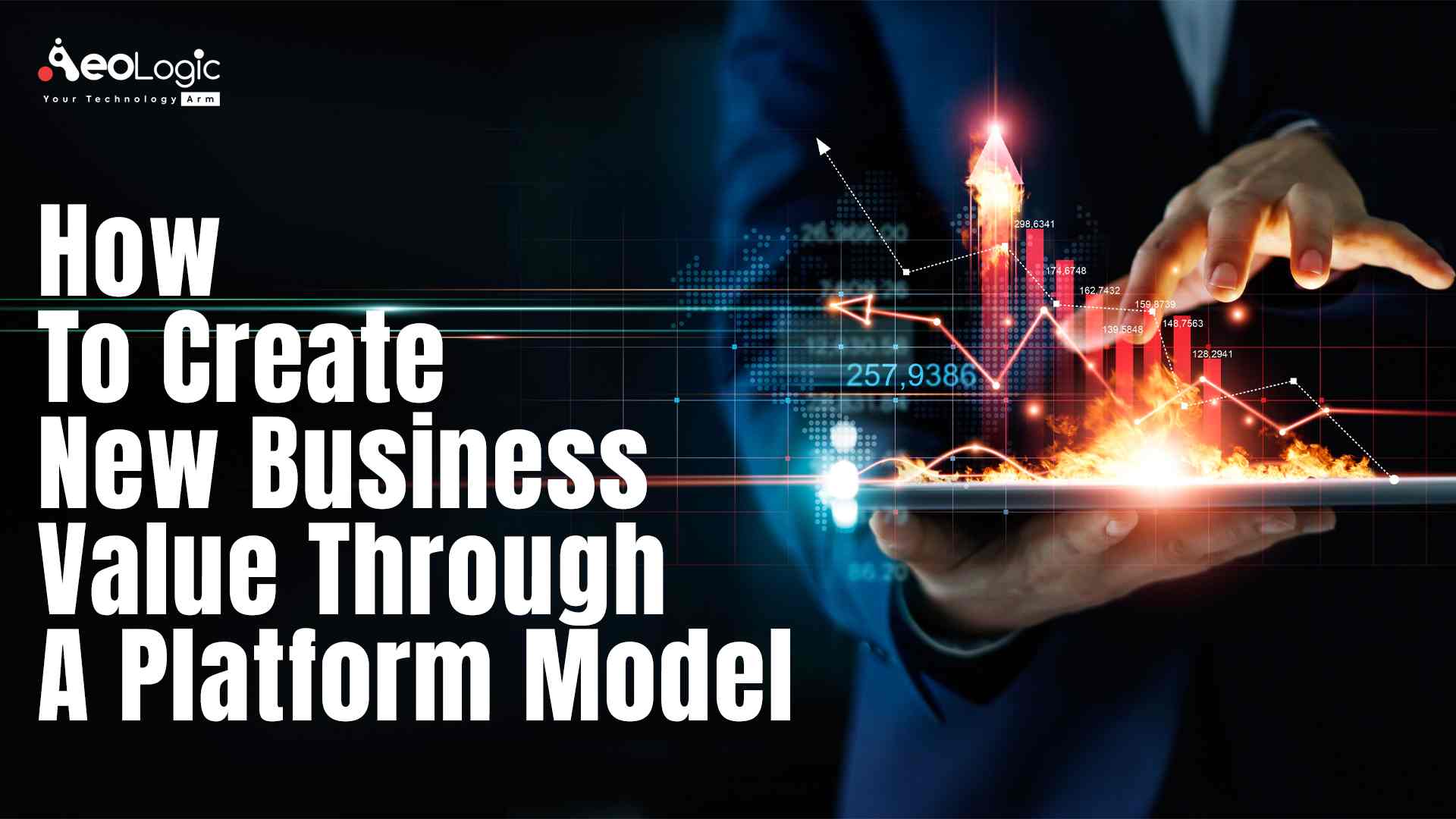Platforms don’t create value in a traditional business sense, they simply facilitate the exchange of value. In this blog, we’ll cover all the various aspects of platform.
So let’s get started!
What Is A Platform?
Platforms are businesses that connect two or more mutually dependent groups in a way that benefits all sides. To make you more understandable with the concept of platform, here are few examples; companies like Uber connects riders with drivers or eBay (an online product marketplace) connects buyers and sellers.
Platform is a business model that allows consumers and producers to connect with each other to exchange goods or services, content, money, information and much more. The ability for enterprises to navigate the business road toward digital success depends upon finding the right platform. But that platform isn’t a technical platform, it’s a business model platform. The business model platform propels enterprises toward digital leadership, and this means evolving from a pipeline model to a platform model.
Why This Change Is Required?
Every company need for a strategy for the platform economy. Every company may not choose to be a platform, but it must evaluate its participation in other platform ecosystems. Even if you’re not building a platform, you need to understand how platform ecosystems work to create a strategy to differentiate your business from other platform ecosystems.
Traditional companies operate in a series; suppliers to factories to store and check out. The operations for these pipelines style technologies reflect the serial model. This pipeline model typically doesn’t provide the infrastructure to engage the tremendous amount of growth potential available in a platform model.
The platform business model enables interactions between buyers, suppliers, and the platform. Thus, it is building value at every stage. These companies and similar innovators combine network effects and interactive technologies to pull buyers into their orbit and encourage them to become producers through collaboration.
When does collaboration happen?
Collaboration happens when people get so much value from the platform that they feel compelled to contribute to it and encourage everyone in their network to do the same. This requires an unforgettable customer experience, and that is only available through a platform model. But successful companies achieve more than just customer satisfaction, they achieve transformation.
What changes platform model brings?
A platform model fundamentally changes the way humans interact and connect while providing incredible value. Whether they’re customers, employees, partners, or external channels.
Digitally extending your business toward a platform model is both an art and a science. It requires a human-centric, customer-obsessed approach to designing the experience and then scaling innovation that meets the pace of change.
What are the roles of consumers and producers in a platform?
A consumer and a producer, they’re actually both customers of a platform producers are bringing inventory to the platform and consumers are then consuming that inventory. This asset like nature where inventory doesn’t sit on the platform’s balance sheet, and it’s helping to exchange that value provided to it by their producers.
How values flows through a platform business?
Platforms don’t own the means of production, they create the means of connection. In the platform business model, the supply chain is no longer the central aggregation of business value. Through their networks of consumers and producers, platforms connect businesses and individuals, enabling them to exchange value amongst themselves.
This multidirectional value exchange is what makes platforms work very differently from the linear business model of the past. As processing power and internet access have become more widespread, the world has witnessed the number of platform businesses swell.
The cast of characters of the companies will change as the technology evolves, but platforms are here to stay. Platform business model enables companies to expand at a pace unprecedented in human history.
As compared to the linear business, when it gains a new customer it adds only one new relationship, one buyer of products or services. But on the other hand, when a platform adds a new user, that person doesn’t just add a single relationship, but rather a potential new relationship with every other user on the platform.
Conclusion
To sum up, the value of the platform are tended to increase for each other with the increase in the number of new users joining the network. In other words, as compared to linear businesses, platforms grow exponentially. As a result, platform business model are more cost-effective in higher scale than the old linear models. The platform business model is highly beneficial for every industry and for every business as mentioned above it has been designed to increase efficiency in the businesses.
A lot of business of various industries have already started implementing platform business models to grow exponentially. If in this blog you have got all the answers to your questions, then we’ll suggest you to implement platform business models as soon as possible. And if still you have some queries left, then please feel free to connect us, we’ll love to hear from you.
Are you looking to implement platform into your business? If yes, so, please feel free to contact us at support@aeologic.com

Manoj Kumar is a seasoned Digital Marketing Manager and passionate Tech Blogger with deep expertise in SEO, AI trends, and emerging digital technologies. He writes about innovative solutions that drive growth and transformation across industry.
Featured on – YOURSTORY | TECHSLING | ELEARNINGINDUSTRY | DATASCIENCECENTRAL | TIMESOFINDIA | MEDIUM | DATAFLOQ









